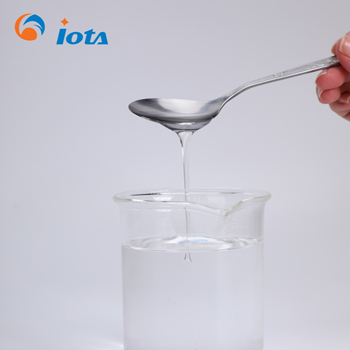Hits: 577 img
Silane, a compound formed by silicon and hydrogen, is a general term for a series of compounds. According to different classification standards, silane can be subdivided into various types. The following is a detailed introduction to the classification of silane:

I. Classification by Chemical Structure
Monosilane (SiH4)
Monosilane is the most common type of silane and is also referred to as silane.
It is a colorless gas that is stable at room temperature but completely decomposes into gaseous silicon and hydrogen when heated to 400℃.
Disilane (Si2H6)
Disilane consists of two silicon atoms and six hydrogen atoms.
Compared to monosilane, disilane has slightly poorer stability but can maintain a certain degree of stability under specific conditions.
Higher Silanes
These include trisilane (Si3H8), tetrasilane (Si4H10), and other more complex silanes.
The stability of these compounds decreases as the number of silicon atoms increases, and the decomposition temperature also decreases accordingly.
II. Classification by Purity
Industrial-grade Silane
Silane with a purity of 3N to 4N (i.e., 99.9% to 99.99%) is referred to as industrial-grade silane.
It is mainly used in industrial applications where high purity is not required.
Electronic-grade Silane
Silane with a purity of 6N or above (i.e., 99.9999% or above) is referred to as electronic-grade silane.
It has higher purity requirements and is mainly used in high-tech fields such as microelectronics and optoelectronics.
III. Classification by Application Field
Semiconductor Materials
Silane is used as a silicon source for single-crystal silicon, polycrystalline silicon epitaxial wafers, and chemical vapor deposition processes such as silicon dioxide and silicon nitride in the semiconductor industry.
Solar Cells
In the production of solar cells, silane serves as a gas source for transporting silicon components and is used in processes such as making anti-reflective coatings.
Other Application Fields
Silane is also widely used in TFT/LCD production, advanced ceramic manufacturing, composite material preparation, functional material development, as well as in biomaterials and high-energy materials.
In summary, there are various types of silane, each with unique physical and chemical properties and application fields.
More details please click here.